
Finding the ideal location in your golden years, populated with people of a similar age, can be quite a struggle. As of the writing of this article, people over the age of 65 make up only 16% of the overall U.S. Population.
The population of older adults may be expected to nearly double to 98 million by 2060, according to World Atlas. Back in 2017, the AARP (formally the American Association of Retired Persons) conducted an analysis of Census Bureau data to identify communities around the country that have the most substantial senior populations (those 65 and over).
With that information in mind, we have stuck a few pins in the map to identify the locations with the largest share of retirement-age residents.

25. Gardnerville Ranchos, Nevada
Total population: 48,309
Percentage 65 and over: 26.7%
Although not the largest location on this list, Gardnerville Ranchos is a great slice of small-town America, offering a variety of outdoor activities that are sure to keep you occupied in your retirement.
It may not be Vegas, but it does also house a local casino that has great ratings. You could also hit the greens with their 18-hole Carson Valley Golf Course or visit the popular Heritage Park Gardens, which offer demonstrations and workshops, learning about the town’s history right back to its frontier days.
Placing among the top 25 areas with the highest percentage of retirees is this Nevada community, where the cost of living is a steep 13.6% higher than the national average and the median home price is $329,200.

24. Easton, Maryland
Total population: 37,103
Percentage 65 and over: 27.1%
Though it’s not necessarily one of the most affordable options on this list is was named one of the best small towns in America. This Maryland city boasts lots of attractive architecture in the downtown historic district.
Be sure to get outside and enjoy Easton’s beautiful Eastern Shore location. Outdoor recreation is available at the nearby Pickering Creek Audubon Center and Adkins Arboretum, plus a couple of golf courses nearby.
Once a year the town hosts the world famous Easton Waterfowl Festival. Thousands of people make the trip to Easton for this annual event. Displays and demonstrations are held in a variety of venues throughout the town. It’s an event not to be missed.
The cost of living is 6.1% higher than the national average, and a home will set you back about $277,500.

23. Newport, Oregon
Total population: 48,920
Percentage 65 and over: 27.8%
Here is another small town with much to offer, from the surrounding magnificent beaches and parks to the unique brewpubs and high quality restaurants.
There are plenty of outdoor activities here ranging from surfing and kayaking to hiking, biking, and birding. It also contains Oregon’s highest-rated aquarium, intricate local history that can be explored through many museums, and a number of lighthouses that are a must-see for any enthusiast.
The cost of living in Newport is 1.9% lower than the U.S. average, while the average cost of a home is about $294,400.

22. Payson, Arizona
Total population: 53,501
Percentage 65 and over: 27.9%
Payson is commonly known as the “Heart of Arizona” due to its central geographic location and rich natural landscape, surrounded almost entirely by the Tonto National Forest.
The city enjoys a temperate Mediterranean climate and showcases a large number of coldwater lakes atop the spectacular Mogollon Rim formation. Outdoor activities abound in the region, including ample sites for fishing, hiking, horseback riding, and rock and crystal collection.
It’s also very affordable. The cost of living in Payson is 0.9% lower than the national average, while the average home price is $265,100.

21. Cape Coral, Fort Myers, Florida
Total population: 739,224
Percentage 65 and over: 28%
Fort Myers is known for its attractive downtown and is home to beautiful nature preserves, beaches, picturesque canals, restaurants, a choice of water sports and scenic golf courses.
Relax at the Yacht Club, shop at the farmers’ market, visit the Southwest Florida Military Museum, explore the Rotary Park Environmental Center and stop by the Tom Allen Memorial Butterfly Garden. One of the drawbacks of the region, however, is its lack of cultural offerings.
The cost of living is also 3.9% higher than the national average.
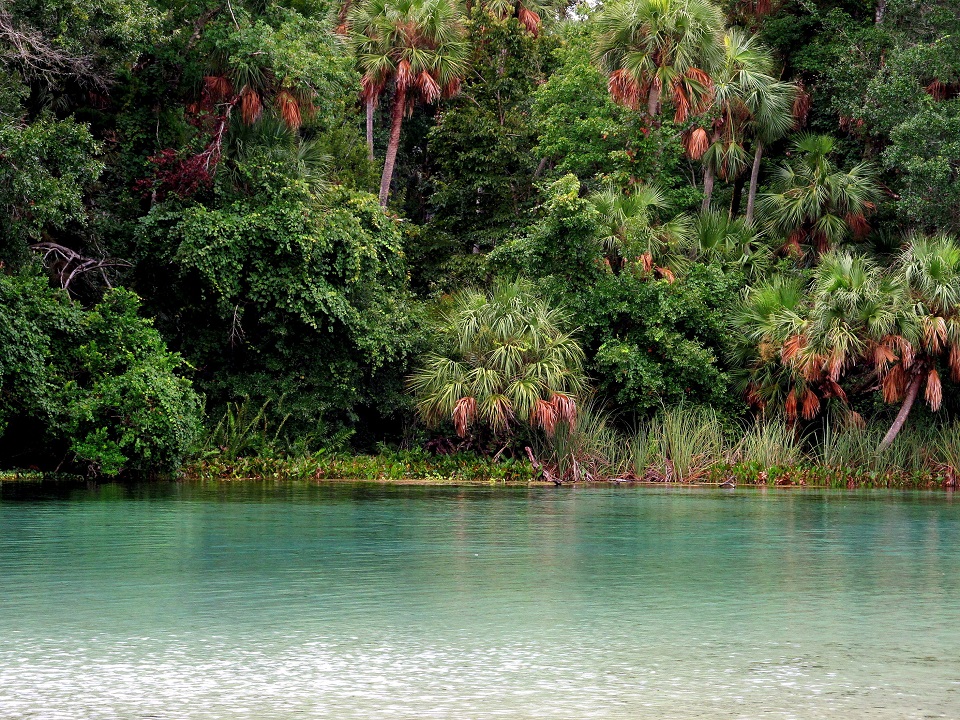
20. Ocala, Florida
Total population: 354,353
Percentage 65 and over: 28.6%
Tucked into north central Florida in a region known as “horse country,” Ocala offers visitors winding community pathways lined with oak trees and Old South architecture.
For those who like to go for a walk, Ocala offers miles of untainted nature. Though for those who like a hot, humid climate, it may be a good choice.
The cost of living may also be part of the appeal here for retirees at 16.2% lower than the national average.
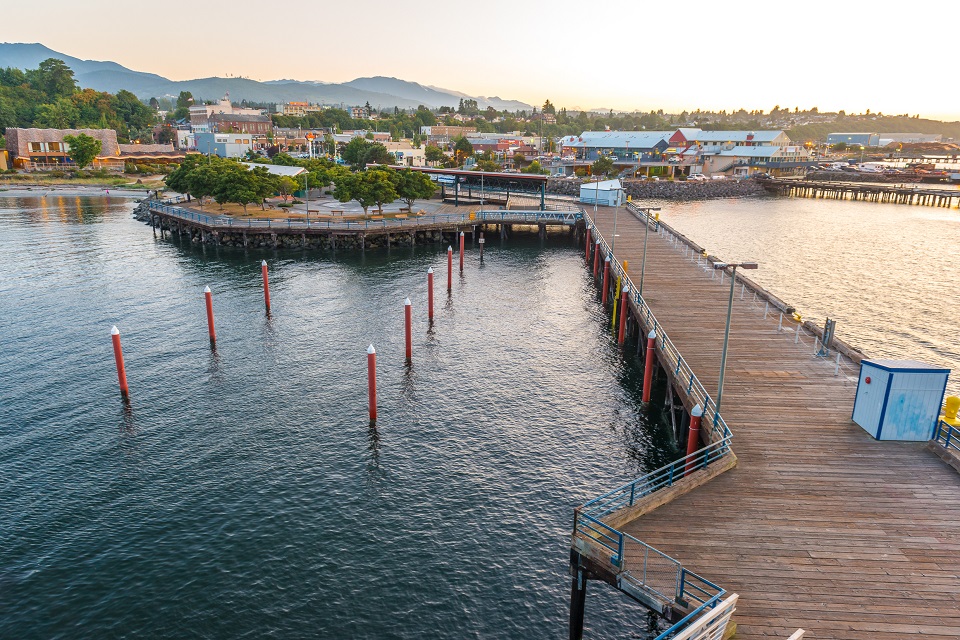
19. Port Angeles, Washington
Total population: 75474
Percentage 65 and over: 29.2%
A great destination for those lovers of the great outdoors, Port Angeles is perhaps best known as the gateway for Olympic National Park.
There are enough hiking and biking opportunities here to last a lifetime thanks to the national park and the Olympic Peninsula. (There’s a 130-mile Olympic Discovery Trail for biking).
A tiny seaside town, the cost of living in Port Angeles is 6.1% lower than the national average, while the median home cost is $253,400.

18. Fredericksburg, Texas
Total population: 26,646
Percentage 65 and over: 29.3%
Located in central Texas, known for its wineries (over 50). The city’s German heritage is on display at the Pioneer Museum, which features settlers’ homesteads and artefacts.
In the nearby town square, Marktplatz, the Vereins Kirche is a replica of a 19th-century German church that once stood in the city. The vast National Museum of the Pacific War features WWII exhibits, including a recreated combat zone.
As attractive as the area is, the cost of living remains just 1.1% higher than the national average. The median home cost is $304,600.
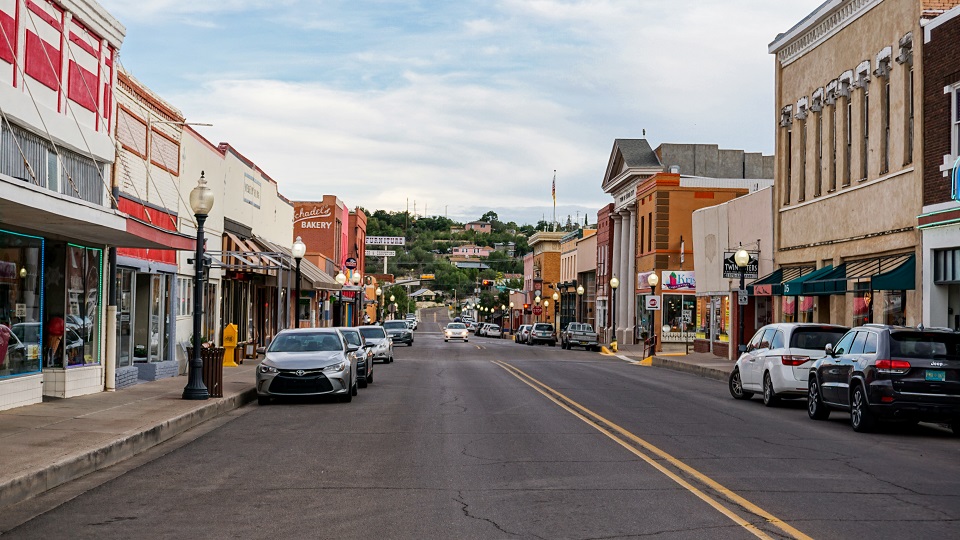
17. Silver City, New Mexico
Total population: 27,687
Percentage 65 and over: 29.5%
Nestled in New Mexico’s southwest corner. This hilltop town got its name from silver miners who sought it out in the late 1800s. More recently the town’s Old West charm and high-desert location made it a magnet for lovers of the great outdoors and creative types.
The historic district is home to casual restaurants that put the area’s green chiles to good use. One of the biggest bargains on this list, the cost of living in Silver City is 20% lower than the U.S. average.
Recently it was selected as one of the healthiest places to live and retire.
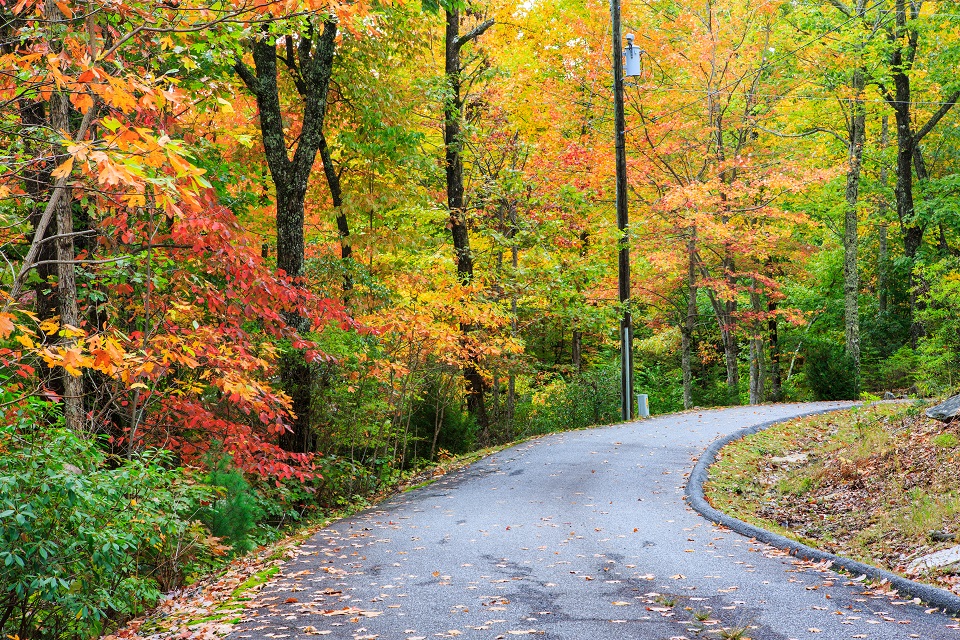
16. Brevard, North Carolina
Total population: 33,956
Percentage 65 and over: 29.7%
Are you ready to completely immerse yourself in the culture and community of a small but beautiful, serene, and active town? A lot of seniors seem to think so, flocking in significant numbers to Brevard.
It’s not the most well-known town, but it contains beautiful scenery in and around the city, with various indoor and outdoor activities from hiking to fly fishing, film festivals to biking and camping around the plentiful forests.
This is a place where the cost of living is 7.5% lower than the national average. The average home cost here is $217,700.
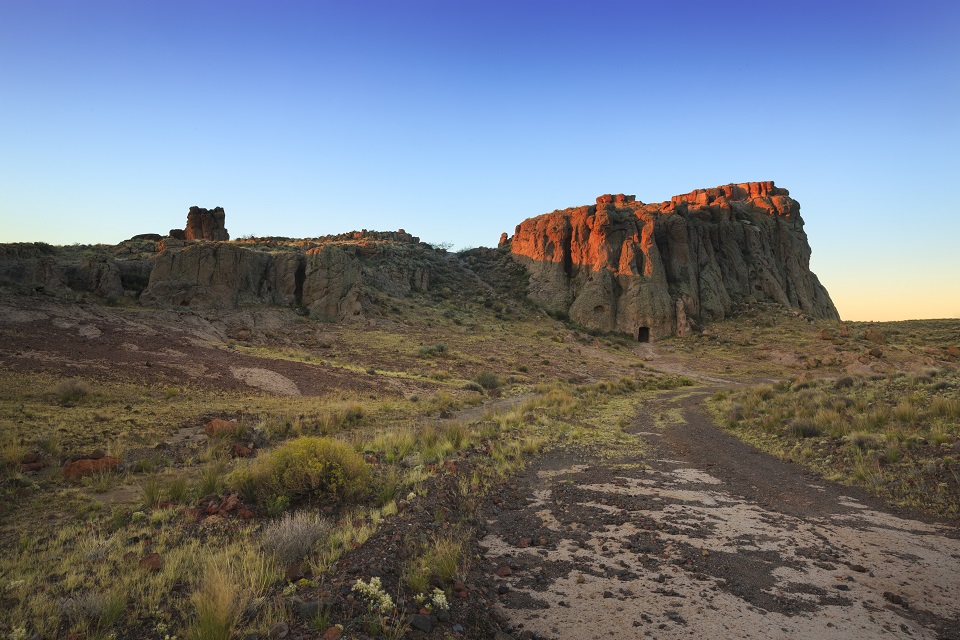
15. Lake Havasu, Kingman, Arizona
Total population: 207,200
Percentage 65 and over: 29.7%
While Lake Havasu may be well known as a spring break destination, it’s also a popular retirement area. Located in western Arizona.
It’s known as a base for trails in the nearby desert and water sports on Lake Havasu. London Bridge, relocated from England, links the mainland to marinas and a looped path in an area known as the Island.
The Lake Havasu Museum of History documents Native American and steamboat history. Lake Havasu State Park has beaches with mountain views, plus picnic spots and birdlife.
The cost of living is 2.7% higher than the national average.
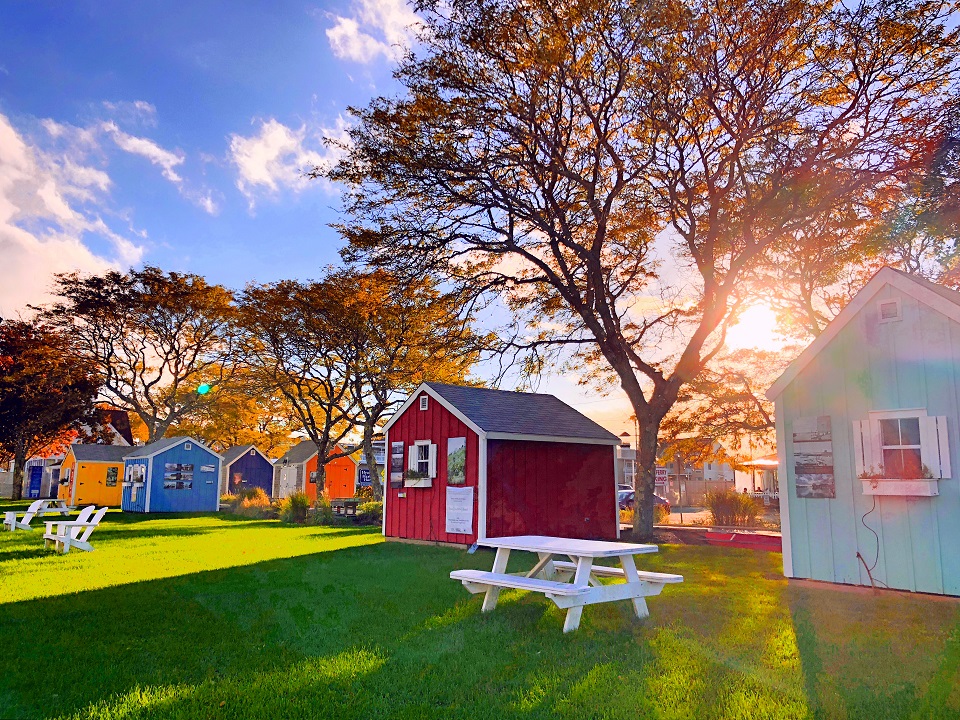
14. Barnstable Town, Massachusetts
Total population: 213,444
Percentage 65 and over: 29.8%
Barnstable was the 2007 winner of the All-America City Award and the only Massachusetts city to attract such a substantial senior population, Barnstable Town is a pricey choice for retirement.
A Cape Cod community that’s flooded with tourists each summer, the cost of living reflects that seasonal traffic and demand, coming in at 21.5% higher than the national average. The average cost of a house is a steep $382,400.
Living expenses aside, the attraction for retirees may be the abundance of recreation opportunities in the Cape Cod region, from boating and fishing to beaches and everything in between.
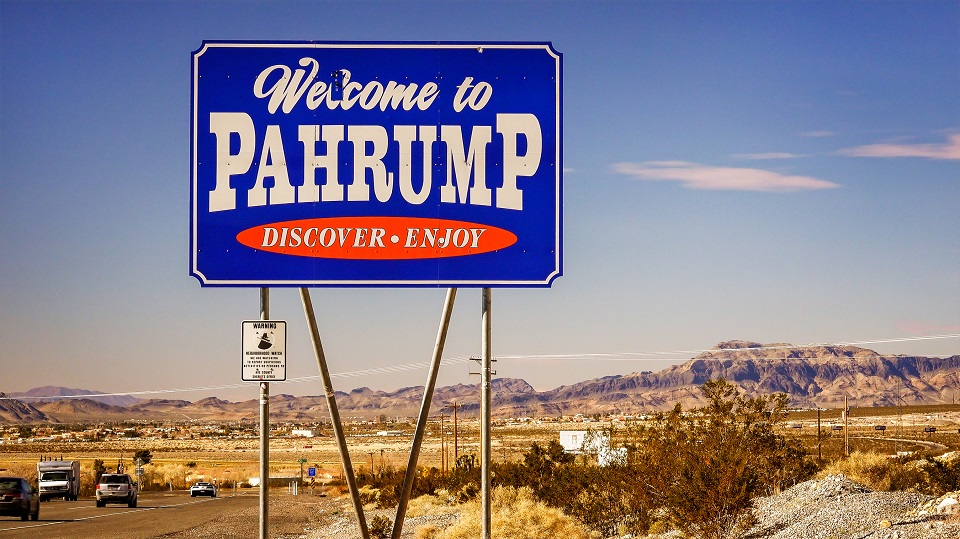
13. Pahrump, Nevada
Total population: 44,202
Percentage 65 and over: 29.8%
Easy to reach and hard to forget. It’s an hour west of Las Vegas, a city so famous it needs no introduction, and an hour east of Death Valley National Park, a place known for extremes.
Pahrump truly is the heart of the desert and the perfect place to enjoy the best of southern Nevada. Popular pastimes here include golfing and riding all-terrain vehicles.
Retirees may also find this community appealing because of its low cost of living, which is 9% lower than the national average. What’s more, the median home price is just $187,100.
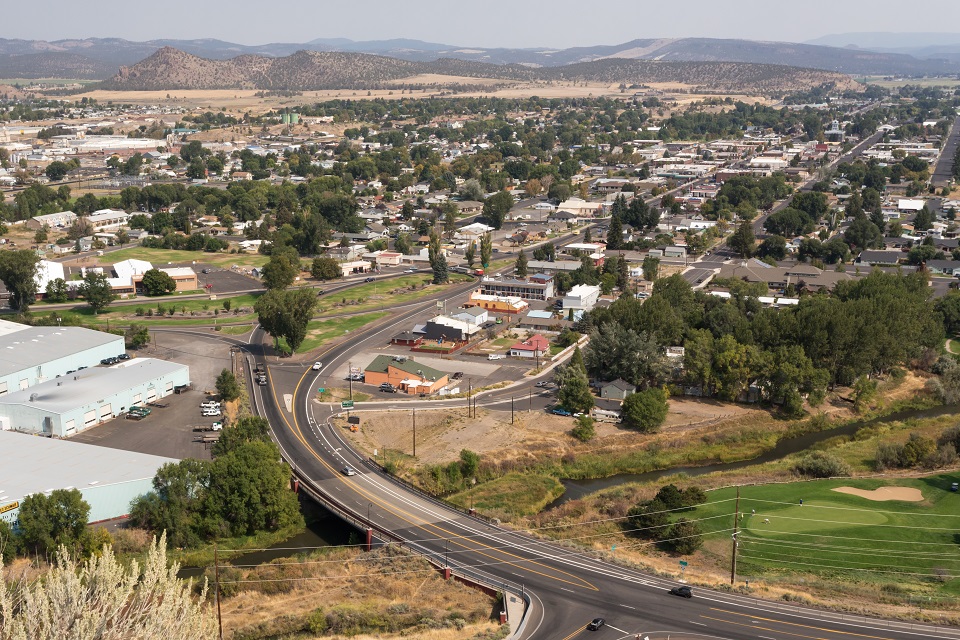
12. Prineville, Oregon
Total population: 23,122
Percentage 65 and over: 30.5%
One of two Oregon communities to make the list, Prineville is a city in and the seat of Crook County. It was named for the first merchant located in the present location, Barney Prine.
It offers many options for active seniors including fishing, hiking, boating, and year-round golf. It’s also a reasonably affordable region where the cost of living is 7% lower than the national average.
The median home price is about $222,700.
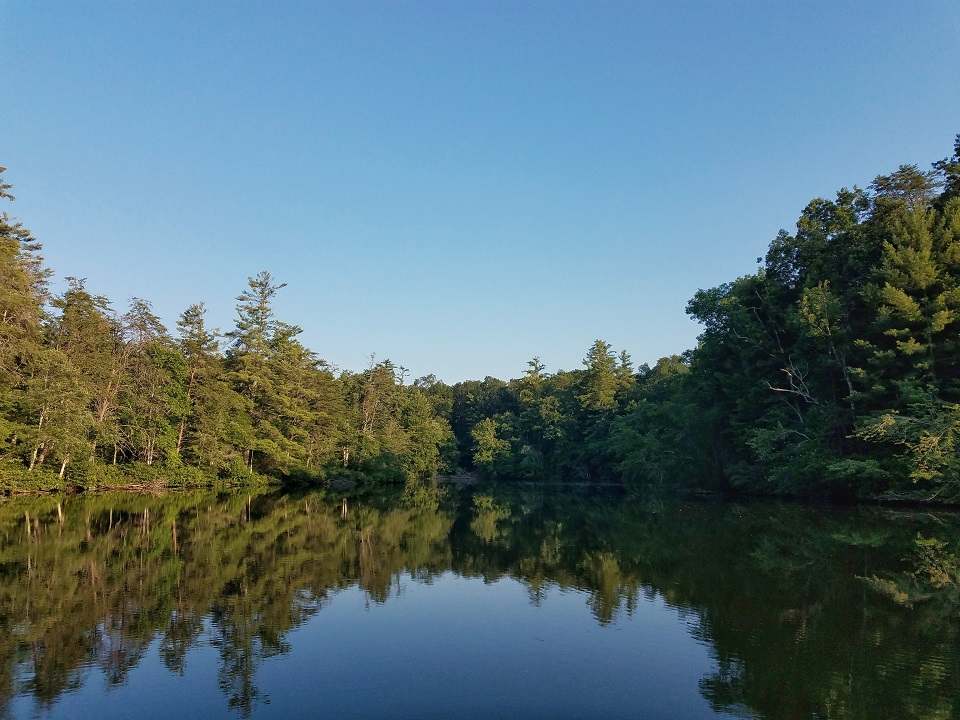
11. Crossville, Tennessee
Total population: 59,078
Percentage 65 and over: 30.7%
The only Tennessee community to make it into the top 25, Crossville is a small country town with many family businesses. It is a nice quiet, safe place to spend your golden years and is a downright bargain, which is likely why it is home to a lot of retirees.
The median home price is just $146,500, while the cost of living is 18.6% lower than the national average.
Yet another reason that retirees may find it so appealing is that Crossville is the golf capital of the state. It is home to 10 golf courses including the state’s first Jack Nicklaus designed course.
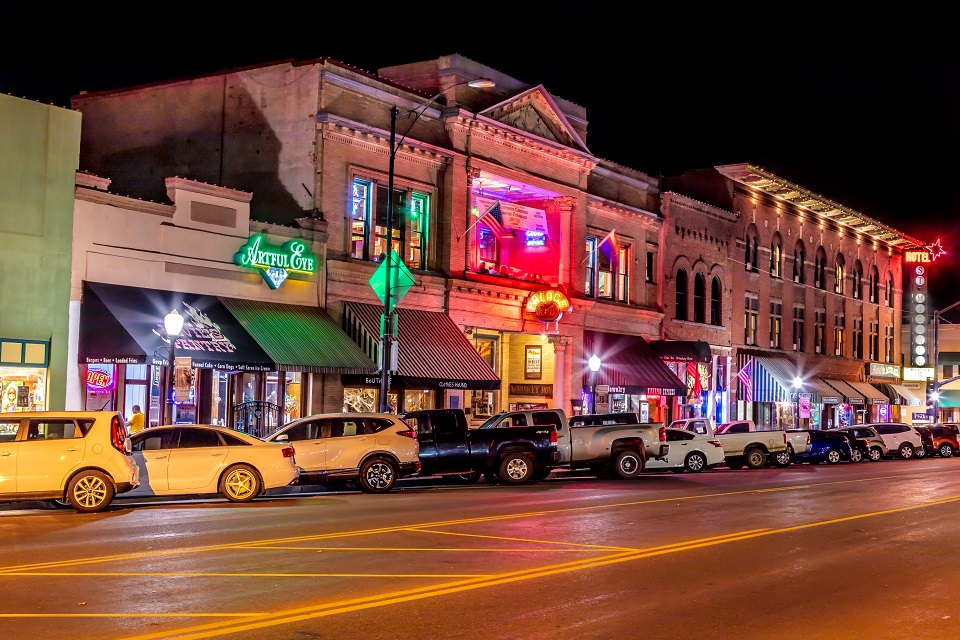
10. Prescott, Arizona
Total population: 228,168
Percentage 65 and over: 30.8%
The only Arizona community to make it into the top 10, Prescott is Arizona’s territorial capital located in the northwest about 60 miles south of the popular tourist city of Sedona. It is a historic town that is the county seat of Yavapai county.
It was the first capital of Arizona and is home to the world’s oldest rodeo, dating from July 4, 1888.
It has consistently been rated as having some of the cleanest air in the U.S. by the American Lung Association, “State of the Air” so breath in the cost of living that is about 15.7% higher than the national average, Prescott attracts many affluent retirees.
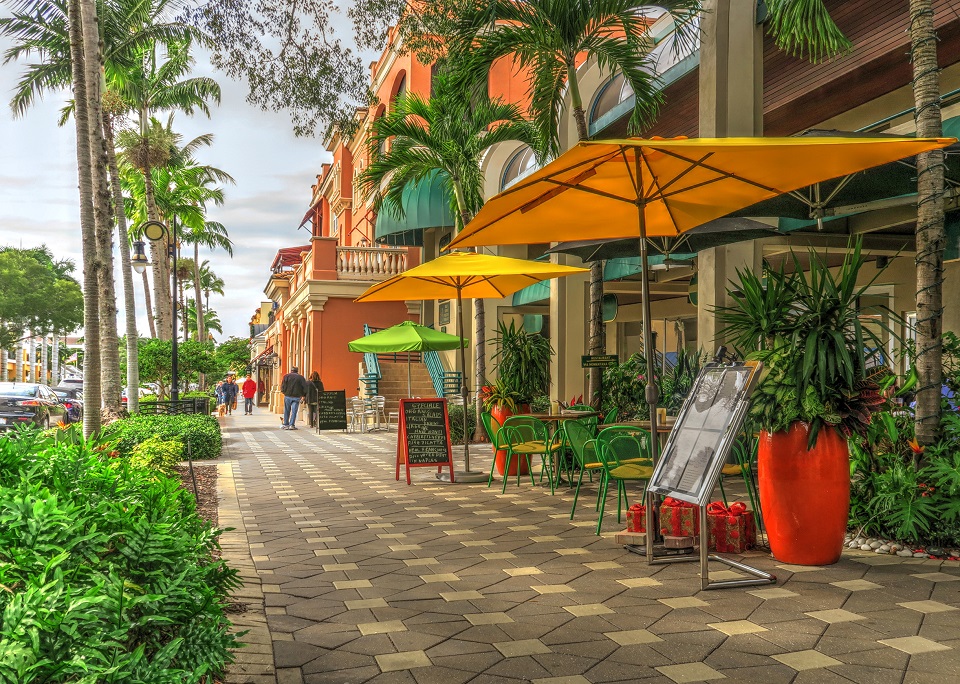
9. Naples, Immokalee, Marco Island, Florida
Total population: 372,880
Percentage 65 and over: 31.5%
Another highly popular retiree area in the Sunshine State, the Naples region is located on Florida’s southern Gulf Coast.
The area is known for its beaches, parks and nature preserves, as well as a variety of activities including golf courses and golf-centered residential communities. There are quality fishing opportunities all year round in the Gulf waters, freshwater lakes, and nearby rivers.
With all of these attractive features, however, the cost of living is no bargain. The Naples area is dominated by upscale housing where the median home cost is $323,700.
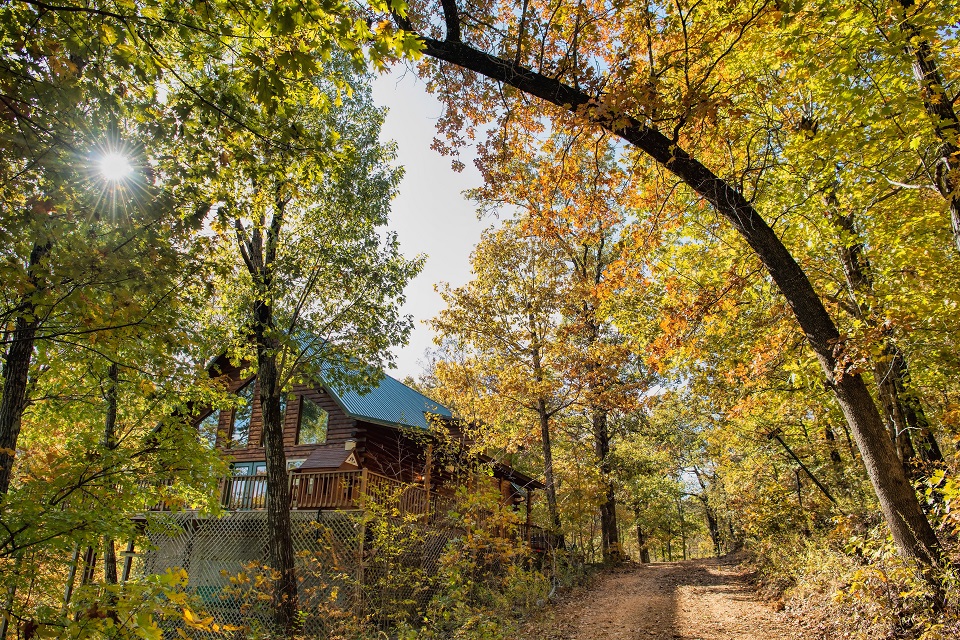
8. Mountain Home, Arkansas
Total population: 41,355
Percentage 65 and over: 31.5%
Another non-Florida location to make the top 10, this popular resort and retirement haven is known for its scenic parks, lush terrain, and the Ozark and Ouachita mountain ranges responsible for its warm fall color!
Surrounded by lakes on all sides and at least 15610 km of rivers and streams and home to outdoor enthusiasts. Go hunting, camping, fishing or just explore the rich history and diversity of Arkansas.
On more than one occasion the area has been listed among the top 20 cities in the country for sportsmen by Outdoor Life Magazine. It has also been recognized by Field and Stream magazine as one of the best fishing towns in America.
The cost of living here is a downright bargain at 22.5% lower than the U.S. average. And yet another potentially appealing fact for retirees, the median home cost is just $136,300.
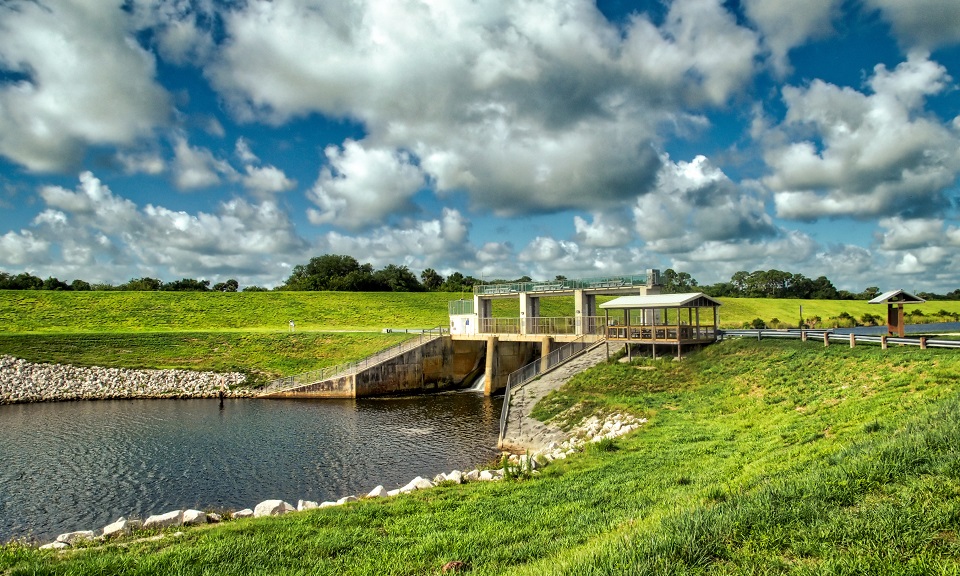
7. Sebastian, Vero Beach, Florida
Total population: 154,383
Percentage 65 and over: 31.8%
Discover the natural splendor and rich history of Sebastian along Florida’s central Atlantic coast.
Sebastian is home to Pelican Island, America’s first National Wildlife Refuge, and is also known for its unspoiled beauty, diverse fishing, from world-class bass fishing to deep-sea fishing adventures.
The cost of living is about 2% less than the national average, which may be what the 65-plus demographic finds so very appealing about Sebastian and Vero Beach.
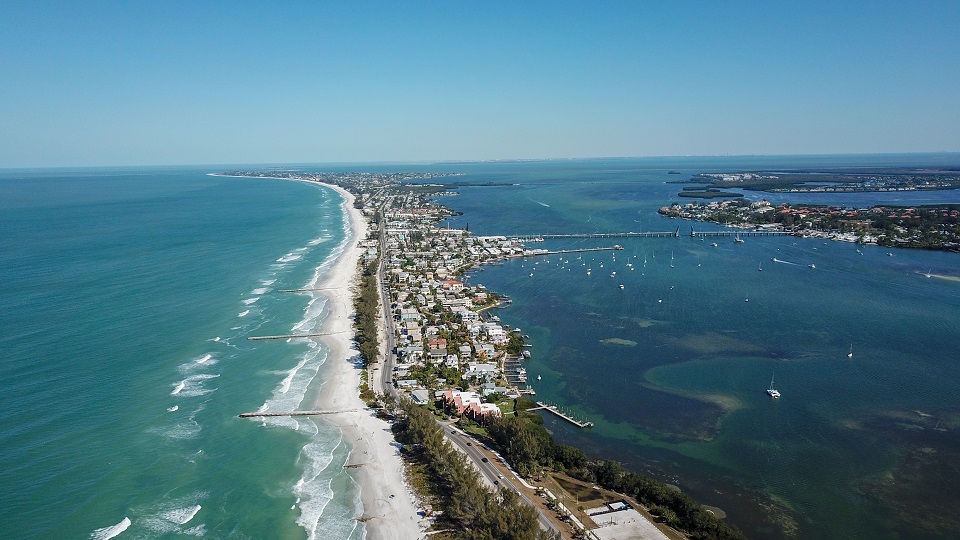
6. North Port, Sarasota, Bradenton, Florida
Total population: 804,690
Percentage 65 and over: 31.9%
Sarasota has than 30 golf courses and offers a multitude of recreational opportunities such as fishing, horseback riding, canoeing and more.
A three-city region just south of Tampa, the communities of North Port, Sarasota, and Bradenton is known for their walkable downtowns and small city feel.
The region’s population has been growing significantly in recent years (at least 10.6% since 2010) and the cost of living has been impacted by that growth — it’s about 3.5% higher than the national average.
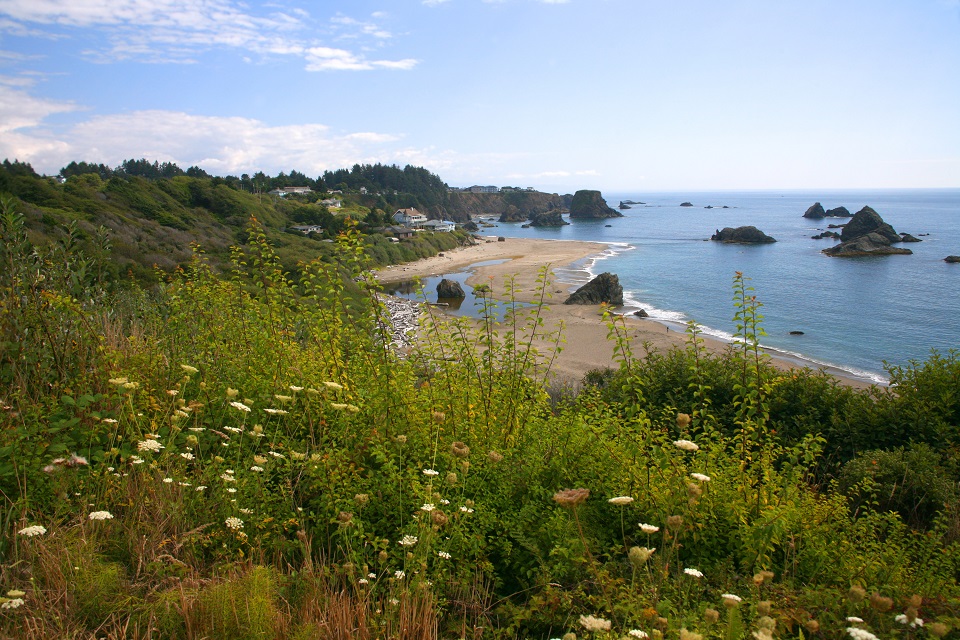
5. Brookings, Oregon
Total population: 19,764
Percentage 65 and over: 33.1%
The only Oregon community to make it into the top 10 Named after John E. Brookings, president of the Brookings Lumber and Box Company, which founded the city in 1908, Brookings is a picturesque, coastal community in Southern Oregon.
Known for its uniquely moderate climate, when much of the surrounding region is challenged by clouds or fog, Brookings often remains pleasantly sunny. The cost of living here, however, is not exactly a bargain.
The median home price is about $348,000 and the cost of living is about 5.8% higher than the U.S. average.
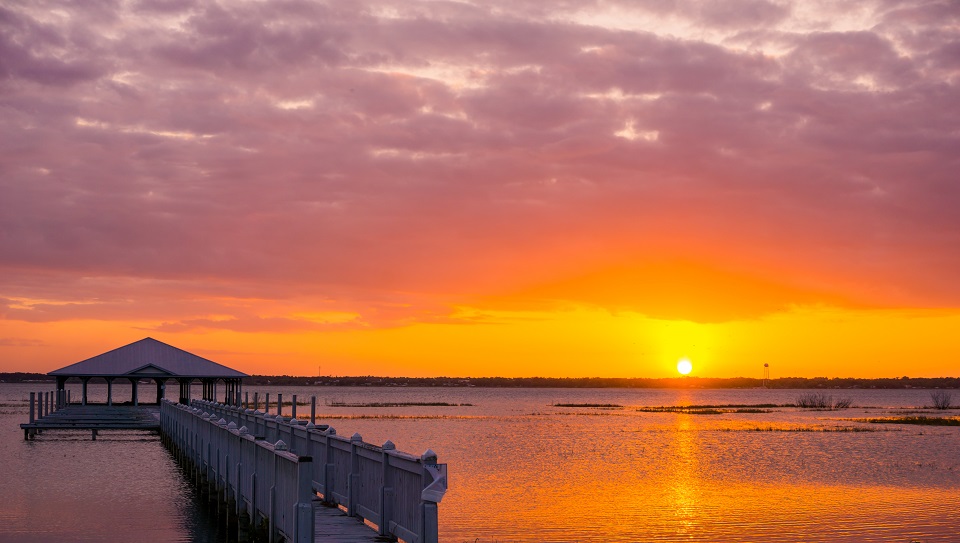
4. Sebring, Florida
Total population: 102,883
Percentage 65 and over: 34.7%
Found in the center of peninsula Florida, the city of Sebring serves as the home of the Sebring International Raceway and as host of the 12 Hours of Sebring. But it offers more.
Dubbed “The City on the Circle,” a reference to the design of the downtown historic district, Sebring offers a wide range of boutique and gallery shopping opportunities, fine and casual dining, and a host of parks and lakes that satisfy all recreational interests.
The median home price here is $134,100.
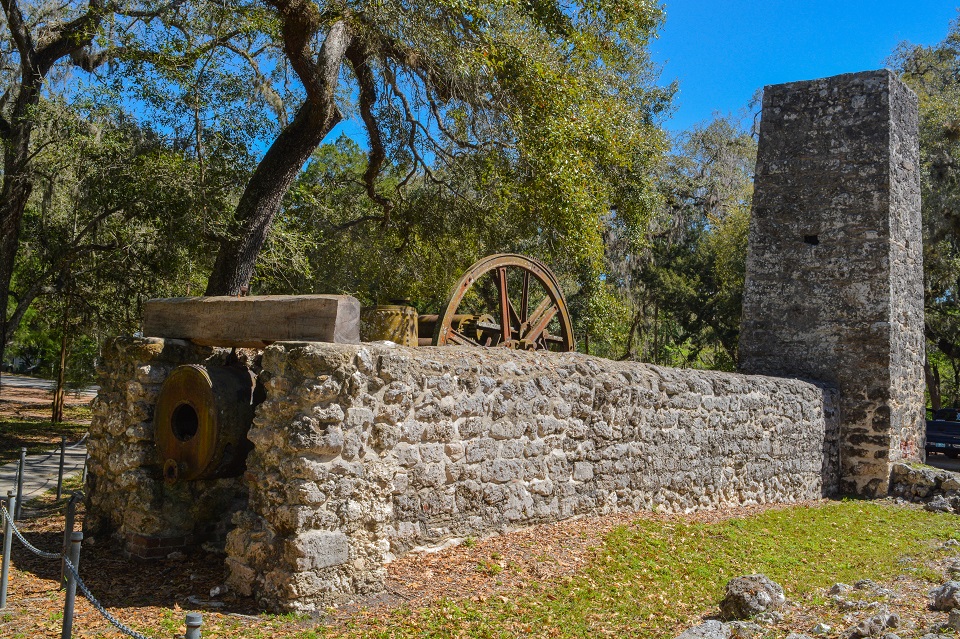
3. Homosassa Springs, Florida
Total population: 145,647
Percentage 65 and over: 36.4%
The Homosassa Springs region is also known for its affordability, low crime, and mild winters.
One of Florida’s original fishing towns, Homosassa is perhaps most famous these days for being home to the Ellie Schiller Homosassa Springs Wildlife State Park, a reserve that showcases rescued and rehabilitated native Florida wildlife.
It is equally as famous for being one of the state’s top sportfishing locations. The median home price here is $152,500.
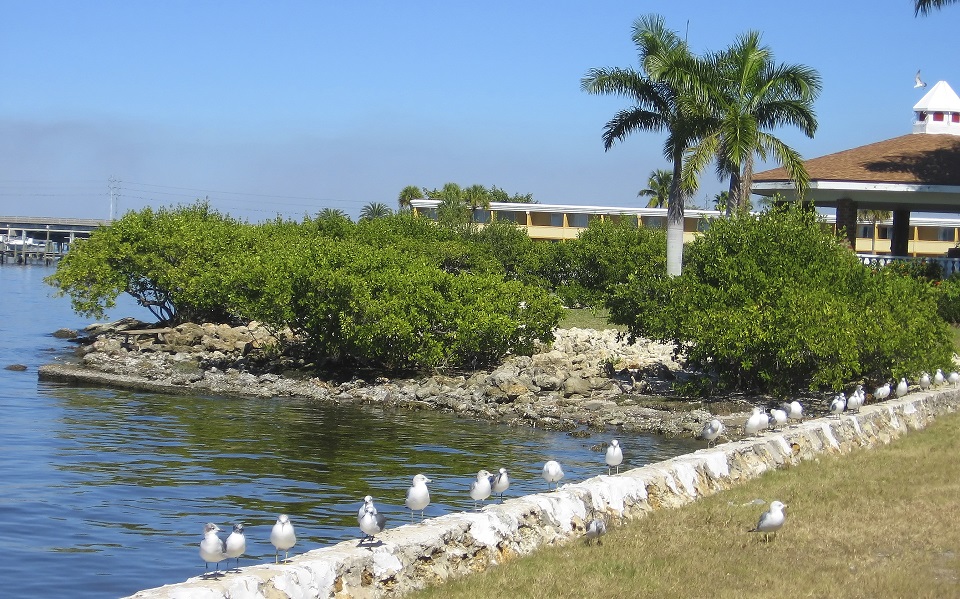
2. Punta Gorda, Florida
Total population: 182,033
Percentage 65 and over: 39.4%
Located in Southwest Florida between Fort Myers and Sarasota, the city boasts a small-town feel, low crime, and an inexpensive cost of living.
Friendly hospitality, year-round planned activities, shuffleboard courts, great restaurants, golfing, fishing, and miles of sandy beaches make Punta Gorda an ideal retirement location.
This community has a long list of accolades including being named one of the best places to live by Money Magazine (on two occasions), Men’s Journal, Forbes and MSN.

1. The Villages, Florida
Total population: 125,165
Percentage 65 and over: 56.6%
The Orlando Sentinel reported last year that The Villages was the fastest growing metro area in the entire country, a statement based on 2018 Census data. The population of this community has increased a staggering 38% since 2010.
No other location in the country had a growth rate that was even remotely comparable between 2010 to 2018. This massive retirement community in Central Florida just outside Orlando is apparently the place to be if you’re a retiree looking for likeminded people.
A master planned community for those 55 and over, The Villages describes itself as an “active golf-cart community.” It features homes on tree lined streets, small town squares, 50 golf courses, and 2,500 clubs and activities.


















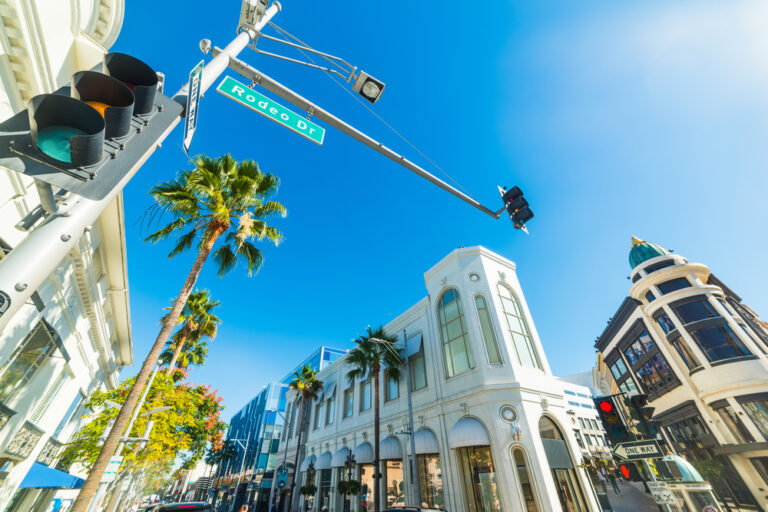


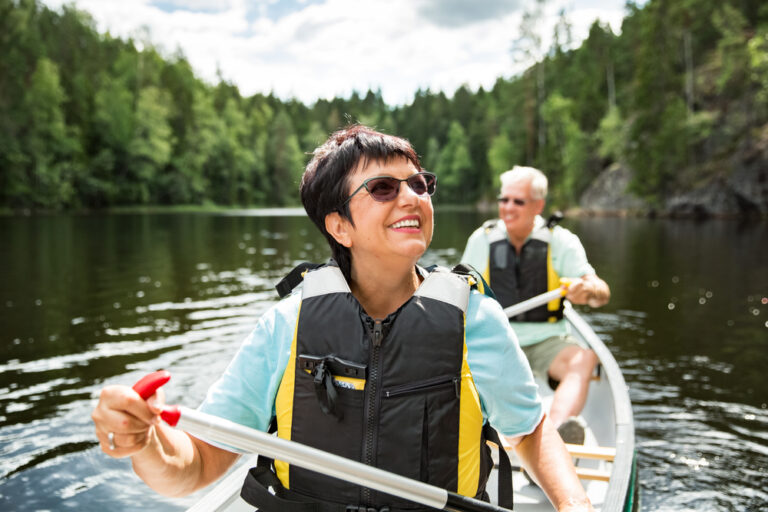




1 thought on “25 U.S. Locations With the Highest Amount of Seniors”
The stats on retirees was very informative ! Thank You